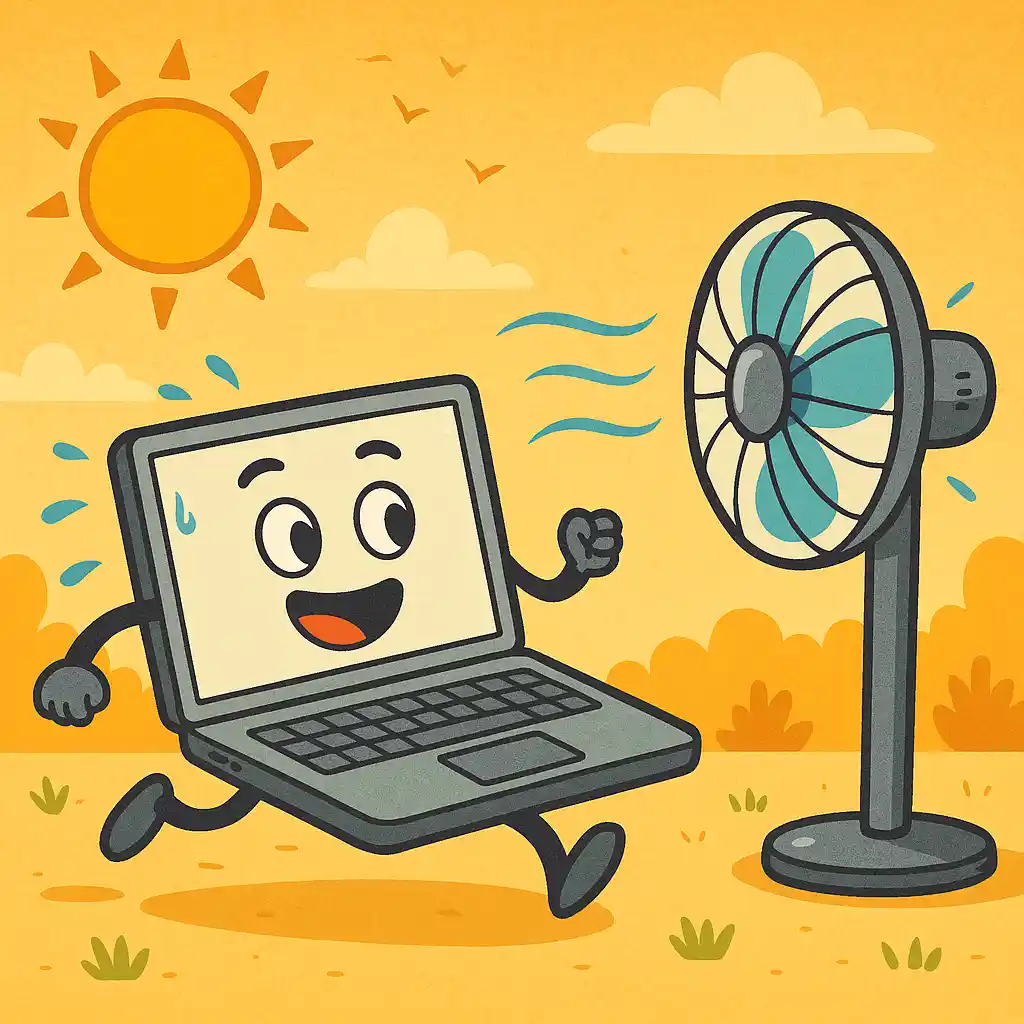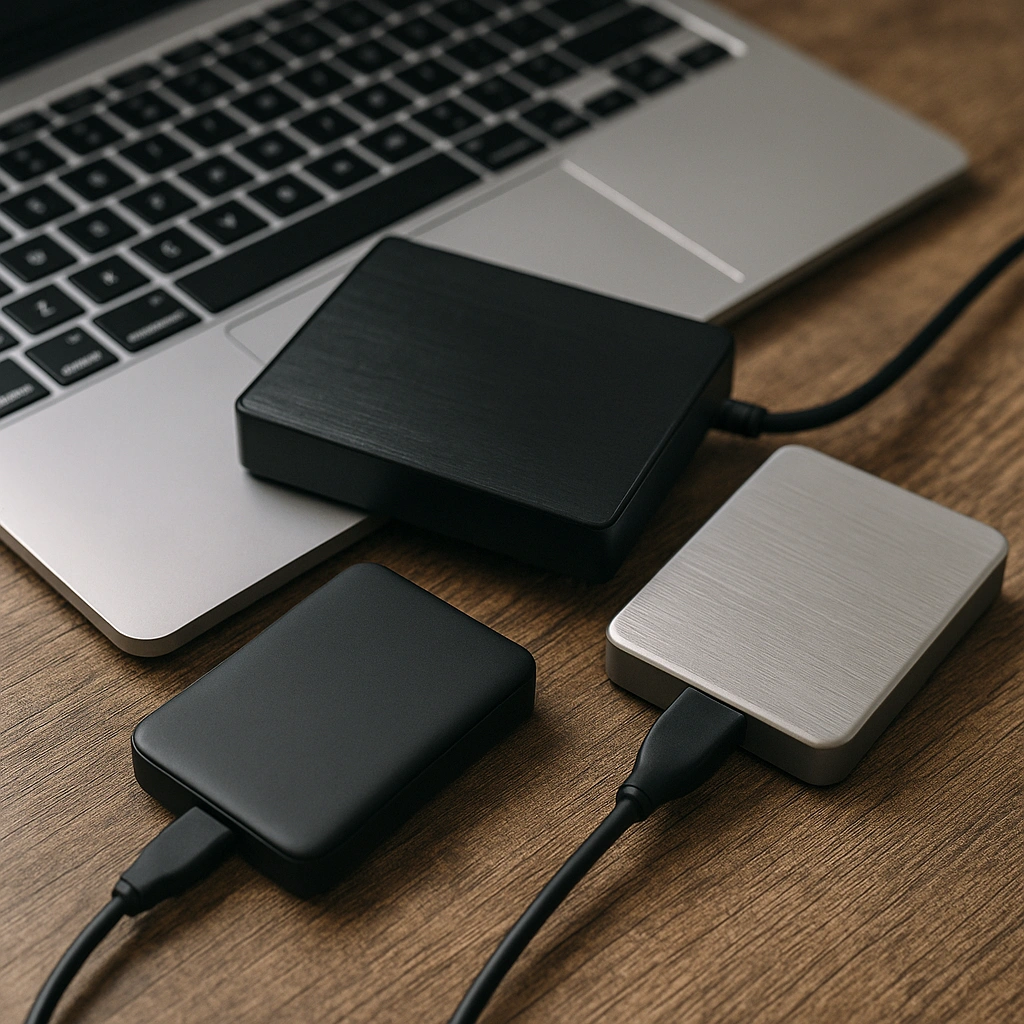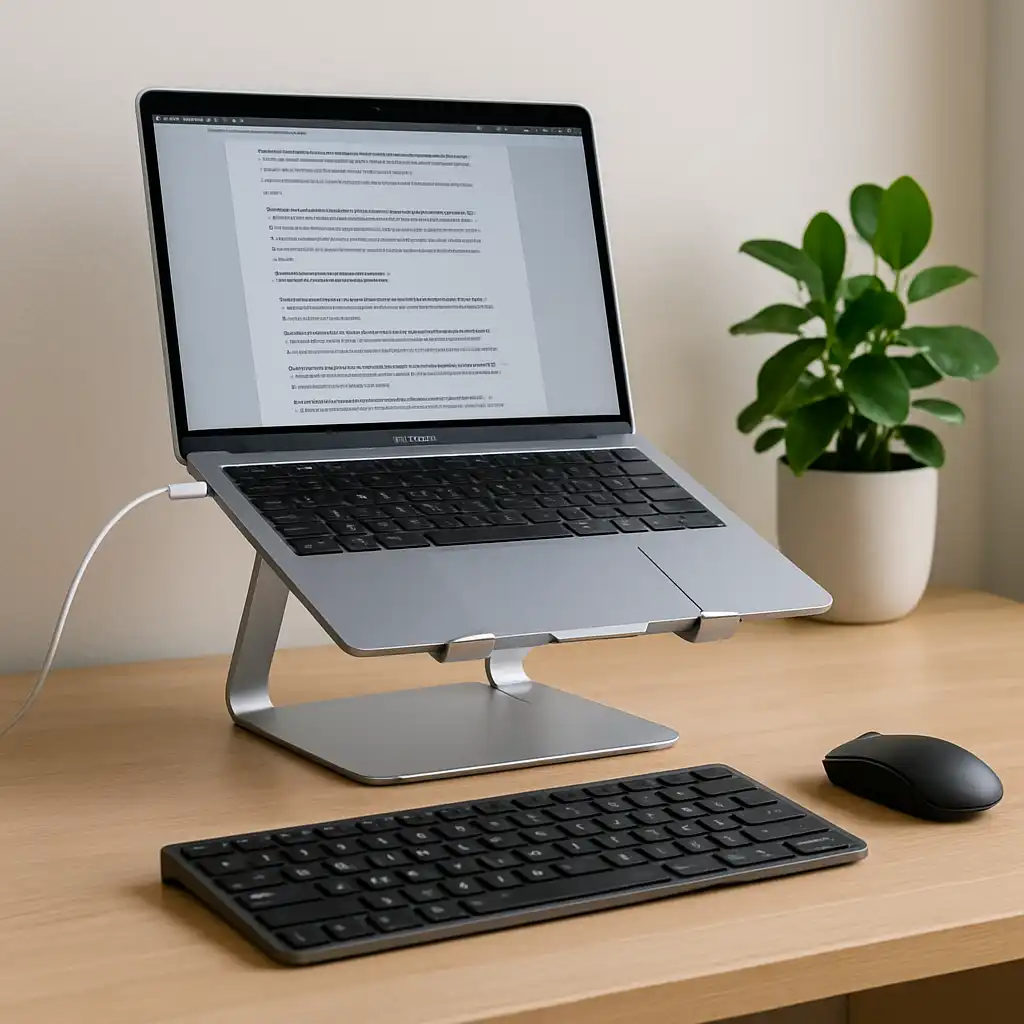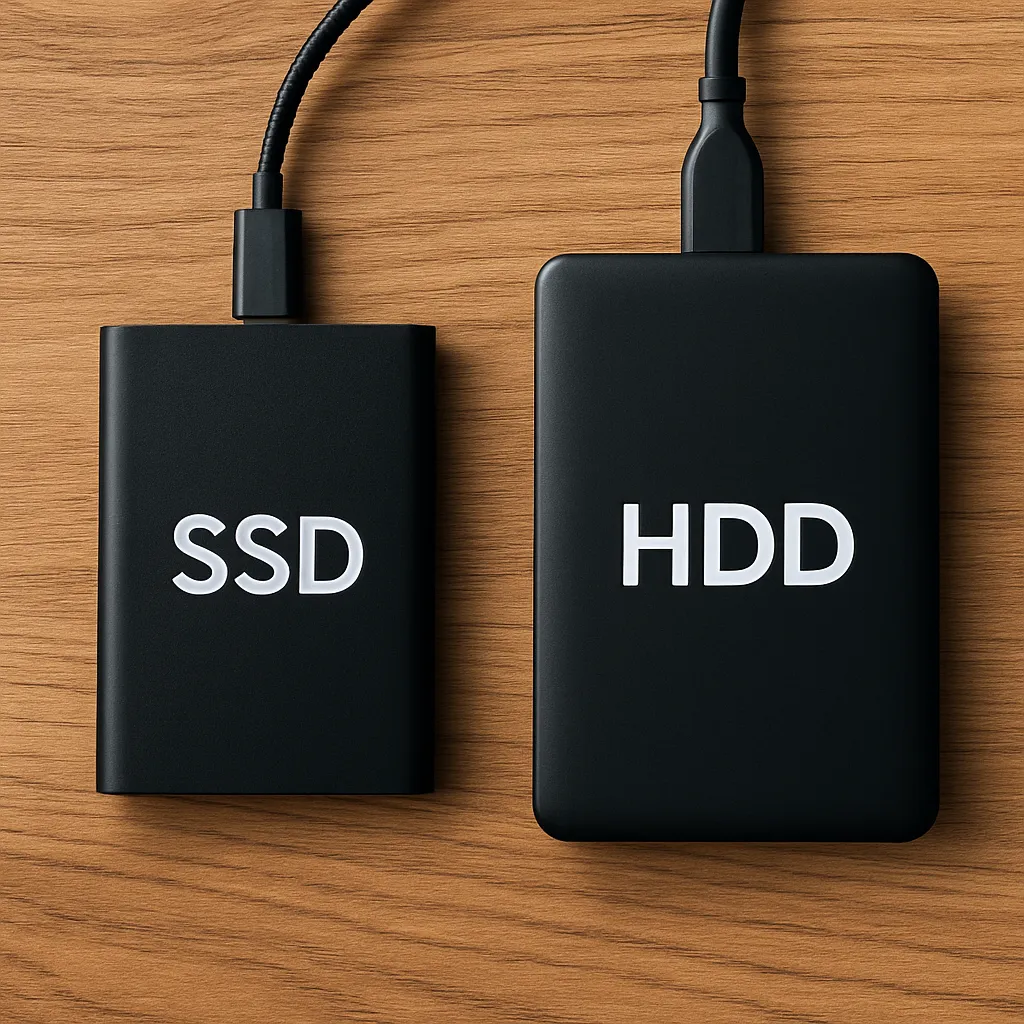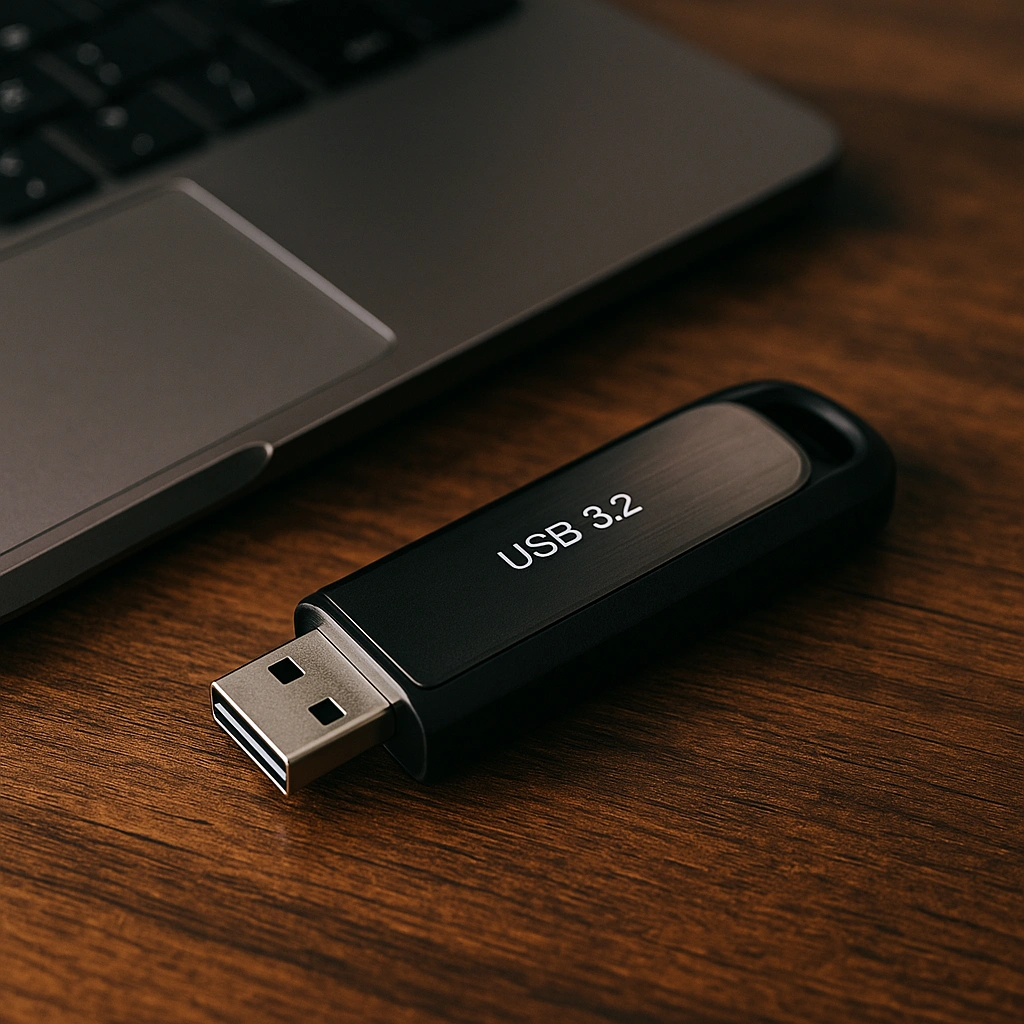Do You Need a Cooling Pad for a Gaming Laptop? Here’s What Actually Matters
Disclosure: This post contains affiliate links. LaptopVoyager.com participates in the Amazon Associates Program and may earn commissions on qualifying purchases, at no extra cost to you.
Gaming laptops are power-hungry beasts designed for performance—but that power comes with heat. While cooling pads aren’t always a must, they can make a big difference in how your laptop performs and feels during long sessions.
Let’s break down when a cooling pad helps, how it works, and whether it’s worth the investment for your setup.
Why Gaming Laptops Heat Up Fast
Laptops cram high-performance parts like GPUs and multi-core CPUs into a compact space. Without much room for airflow, those components generate a lot of heat—especially when you’re running demanding titles like Elden Ring, Warzone, or Cyberpunk 2077.
Built-in fans work hard, but sometimes they can’t keep up. That’s when thermal throttling kicks in—your system slows down to avoid overheating, and your gameplay suffers. If your fans sound like a jet engine or your keyboard gets toasty, you’re not imagining it.
What Cooling Pads Actually Do
Cooling pads add airflow underneath your laptop where it’s often needed most. Good ones lower internal temps by 5–15°C, which can be a game-changer during intense sessions.
You’ll appreciate:
- Fewer FPS drops due to heat
- Cooler surface temps during long gaming stints
- Extended life for components like your GPU and battery
- A quieter setup with less fan ramp-up
Most models also offer adjustable fan speeds, ergonomic tilt options, and even USB pass-throughs—handy if your laptop’s ports are limited.
When a Cooling Pad’s a No-Brainer
There are certain signs your laptop’s begging for help. You probably need a cooling pad if it:
- Hits 85°C+ during gaming
- Feels uncomfortably warm underneath
- Starts to lag or stutter mid-match
- Lives on soft surfaces like a bed or couch
- Has bottom-facing vents and runs hot in summer
Even more so if you’ve built a semi-permanent desk setup with external monitors or a docking station—a cooling pad quietly keeps things stable beneath the surface.
When You Might Not Need One
If you’ve got a premium gaming laptop with serious cooling tech (like vapor chambers or advanced thermal systems), a pad might only make a slight difference.
Also, if your gaming is mostly lightweight—think indie titles, retro emulators, or casual sessions—you might be fine without the extra cooling. But if your room gets warm or your sessions stretch past an hour, even budget pads can help stabilize performance.
Quick Tips to Keep Temps Down
A cooling pad’s great—but pairing it with smart habits makes the biggest difference:
- Keep your vents and fans dust-free
- Don’t game on pillows or blankets
- Elevate the rear of the laptop slightly
- Enable performance-focused fan settings in BIOS
- Update your GPU drivers and tweak in-game graphics
This combo of airflow, maintenance, and software settings can help your laptop stay cooler, faster, and quieter longer.
Conclusion
A cooling pad isn’t mandatory—but for gamers pushing modern laptops to their limits, it’s an easy way to get more performance, fewer slowdowns, and longer hardware life. Think of it as simple insurance for your gear—helping your laptop stay cool while you play hard.

